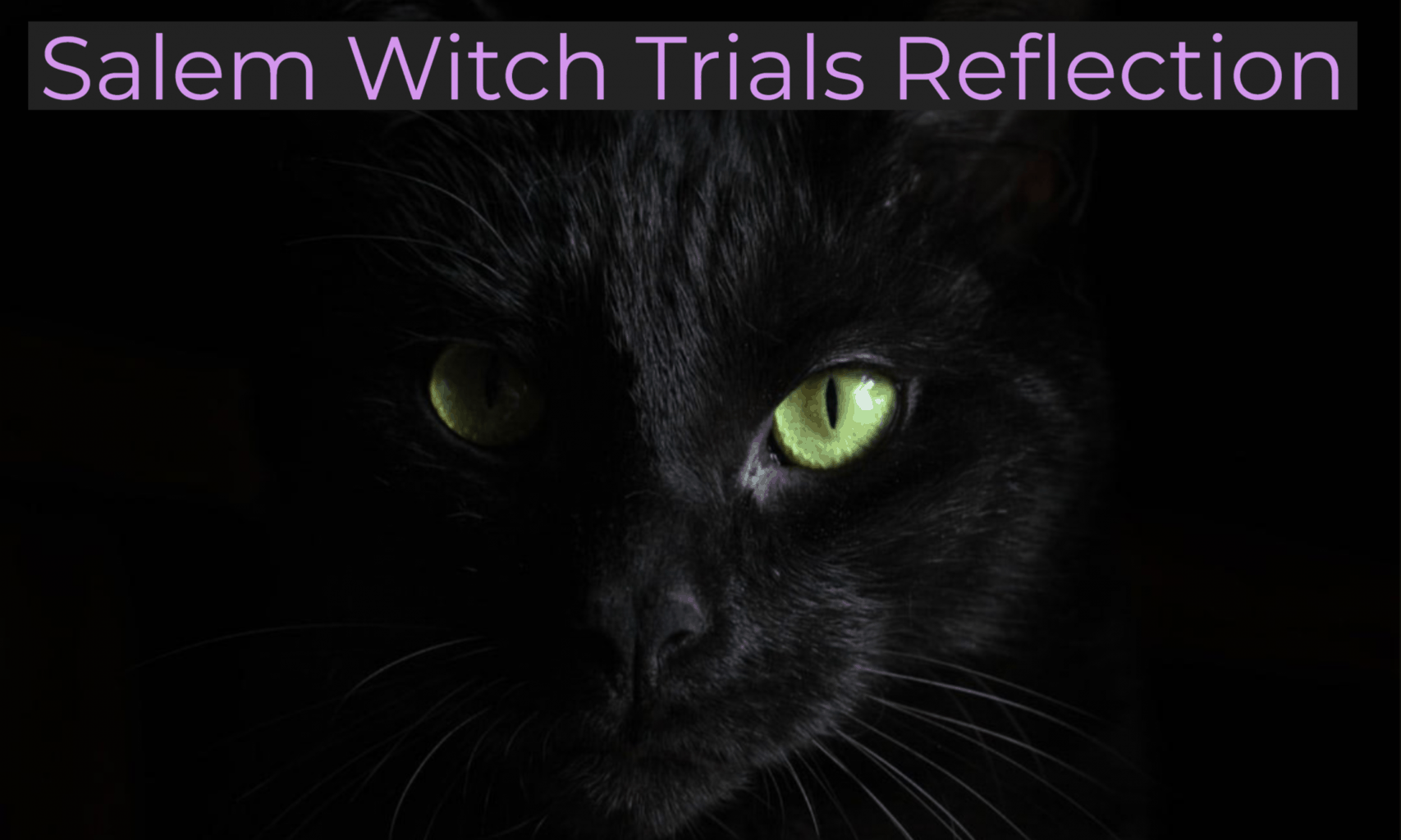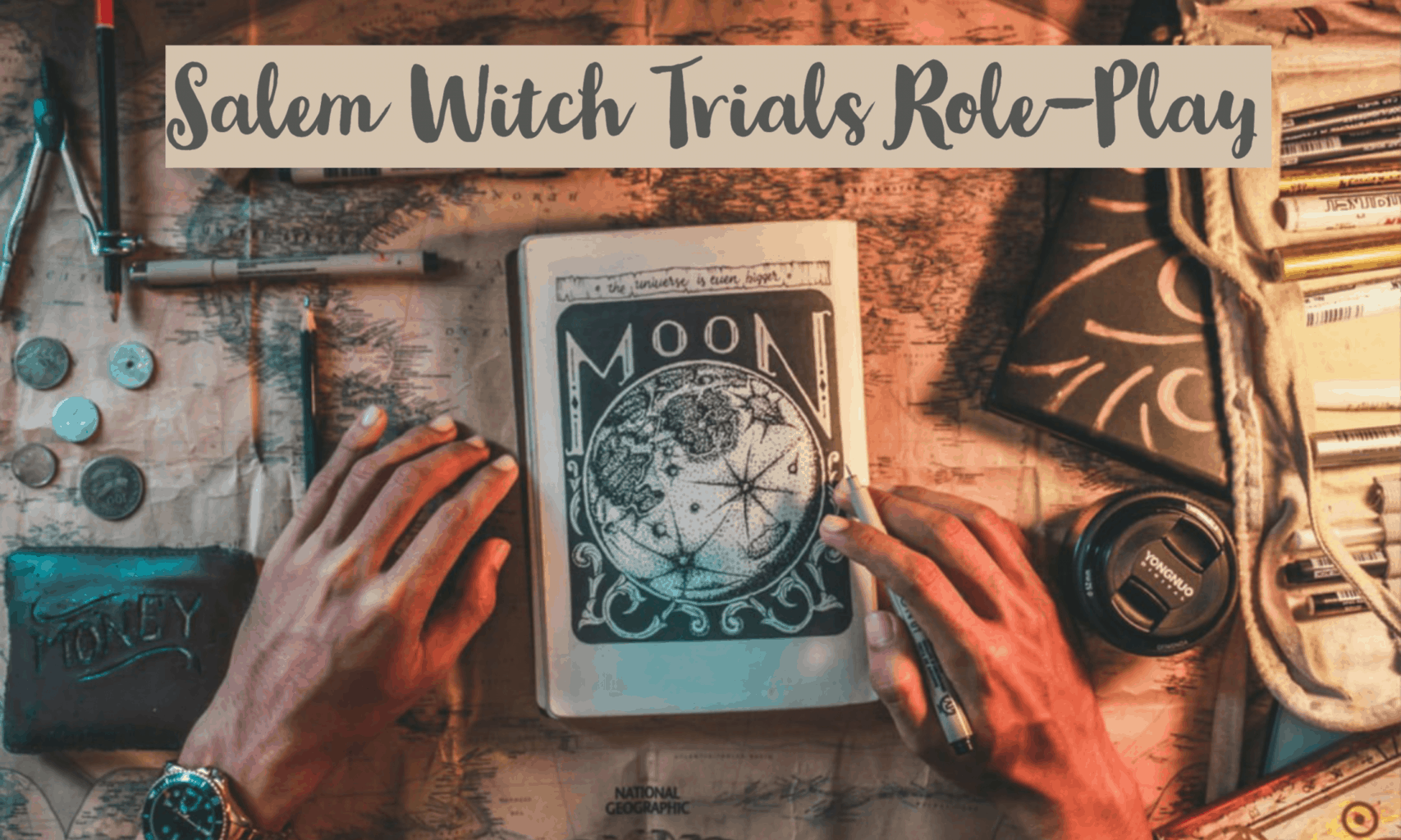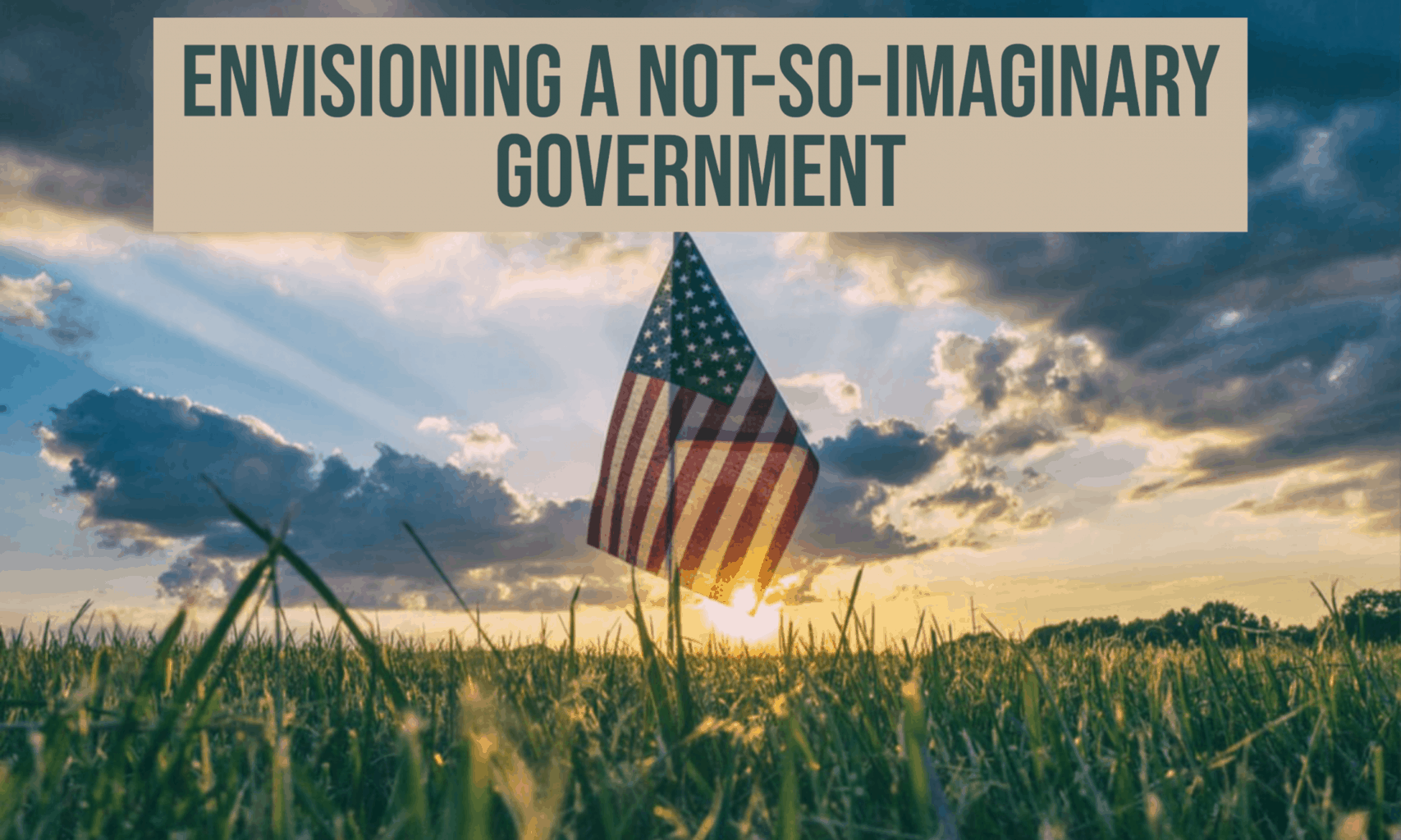After the delivery of this lesson, I was very pleased that generally it seemed like all of my participants enjoyed the activity. This makes me very hopeful for the potential success of this lesson if I were to implement this into my future classroom. There are definitely things that I added from my previous lesson that I felt made the whole activity a lot more streamlined. One example of this is that in this activity I added guiding questions for participants to ask one another in order to find out who the witch(es) were in the classroom. I felt as though this was useful for people to start a conversation with their peers and investigate who among them was not a “pure Puritan.”
I also thought that my personal goal for the lesson – to have students get a feel for the social climate of the time and connect that to themes of modern day – came across very well. I was happy to see at the end of my activity that my participants were a little surprised at the fact that no one in the class was a witch, because that is exactly the sort of reaction I want students to have when I use this lesson in my future classroom. I felt as though this really emphasized to participants that the Witch Trials were largely fueled by fear and paranoia. This I felt helped build a stronger connection between this time and history and the present.
This was further emphasized in my close on the mini-lesson since I attempted to have participants connect this paranoia that was rampant at the time of the Salem Witch Trials and connect it to events happening in modern day. My peers did a wonderful job connecting past events with the present, since they offered many great examples of people that have been or are persecuted due to fear, including: immigrants, the LGBTQA+ community, and police brutality against Black citizens. This did exactly what I hoped and had my participants see that persecution based off of fear is by no means something that we as a community have left in the past. With that being said, in my future classroom I want this closure of the lesson to encourage students to show empathy to these marginalized groups since they made these connections of past and present through the activity. Therefore, all in all I think my second mini-lesson was a very successful one and I hope my students get as much enjoyment out of it as my classmates did.




